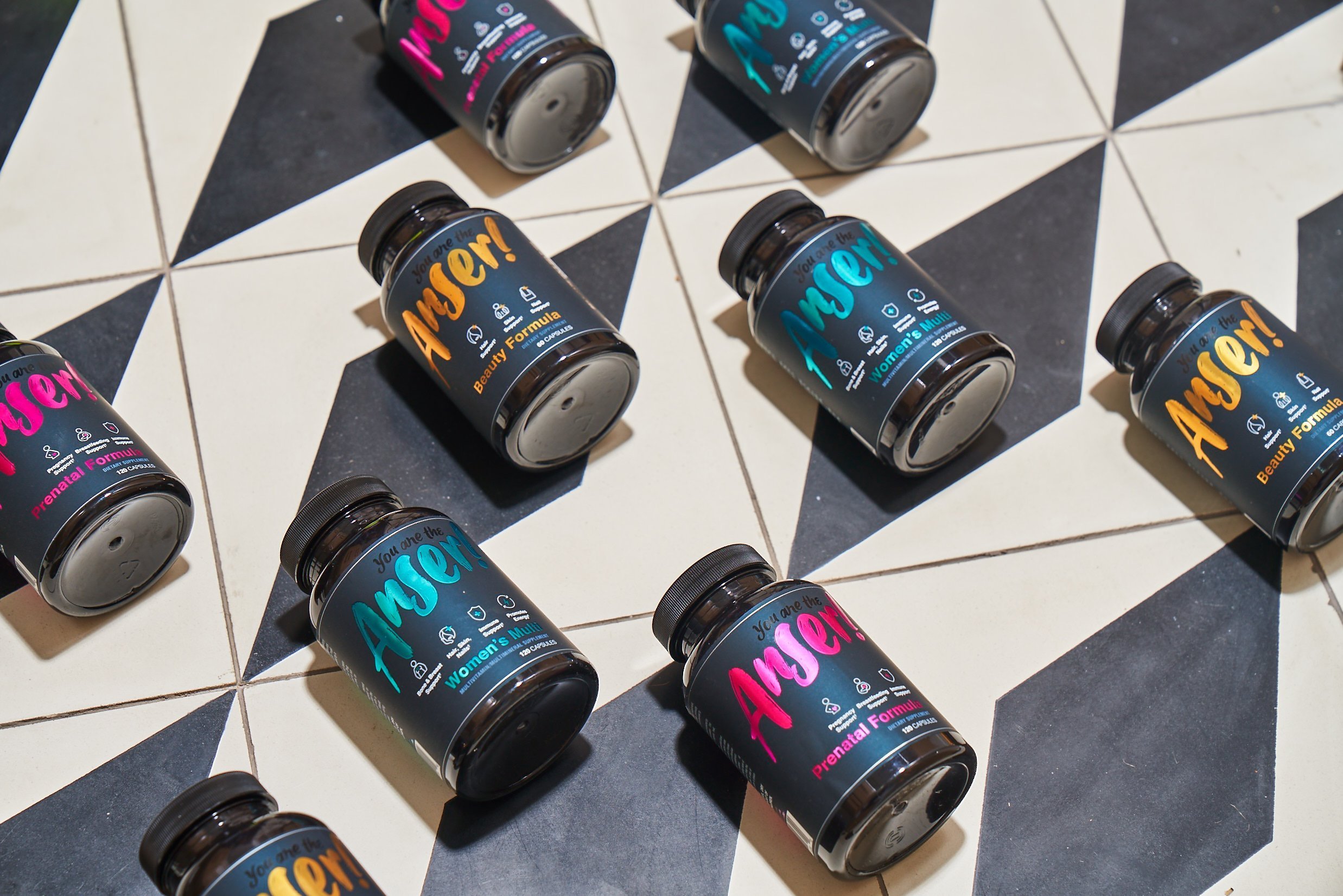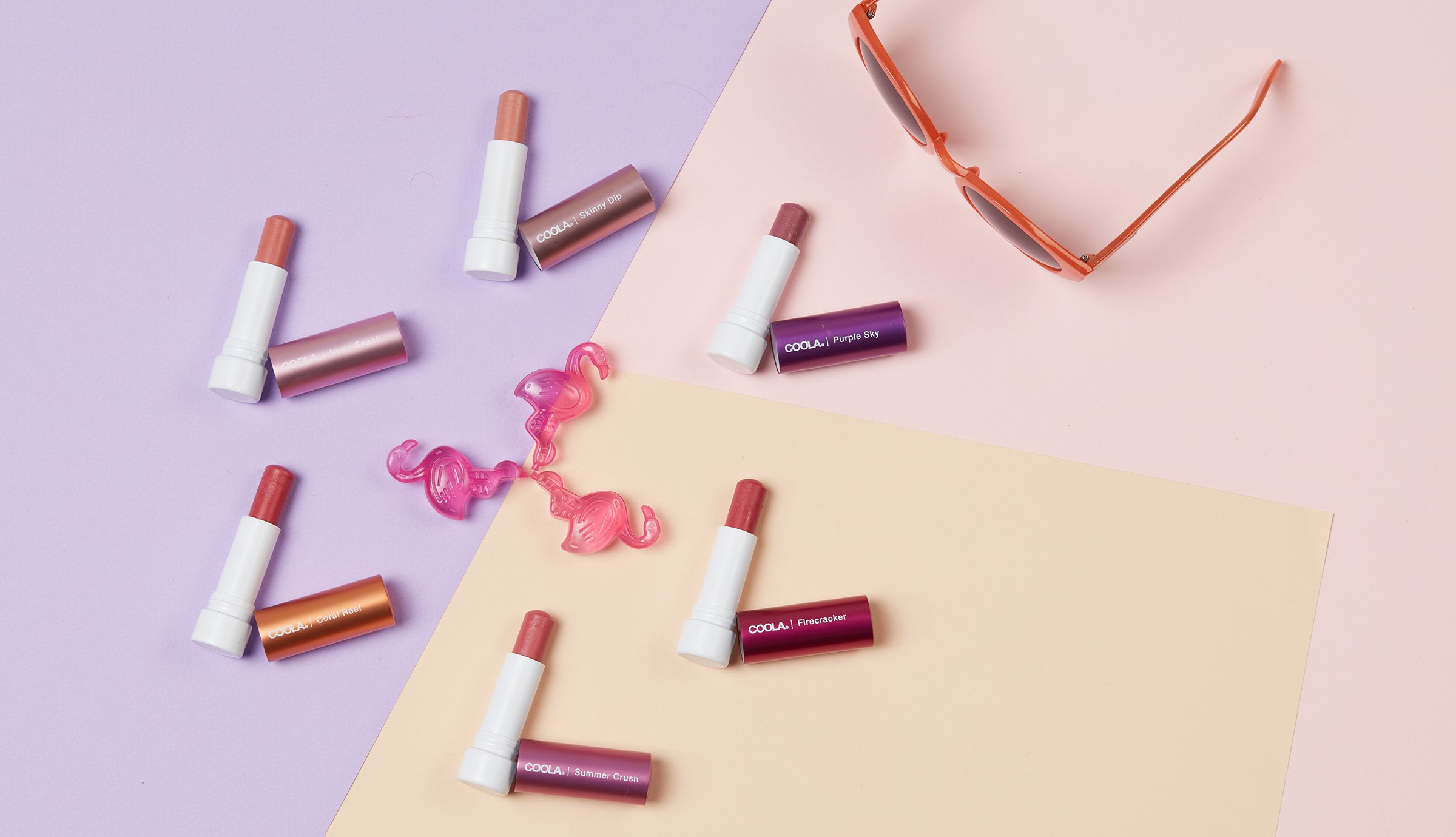
Communications In The Time Of Coronavirus: PR Professionals Weigh In On Crucial Steps Beauty Brands Should Be Taking Right Now
As the coronavirus pandemic spreads, brand messages that made sense even a day ago may be unwise.
The communications and sales strategies pursued over the next 90 days could make or break small beauty businesses. Above and beyond their usual care, brands have to pay extremely close attention to their outreach to be simultaneously relevant, empathetic and productive. The sudden transformation of consumer behavior due to COVID-19 renders that balance challenging, but definitely not impossible, according to Gianna Cesa, executive vice president of Behrman Communications, an agency with Nutrafol and Coola on its client roster.
“The priorities of the consumer they just spent their careers studying changed almost overnight. Their approach is going to have to shift, too,” she says, adding, “What better time to lean into PR than during a crisis.”
The time could be optimal for proper public relations because beauty entrepreneurs may be concentrating less on business efforts like product development while quarantined consumers could be exploring destinations online and discovering new products. If brands can cultivate formidable and genuine relationships with consumers today as they’re hungry for the connections they’re lacking as they disengage from in-person interactions, they can establish a large, loyal long-term audience.
“Foster connection, find unique ways to share updates,” says Kilee Hughes, CEO of Six One, a public relations, marketing and social media firm that counts Acaderma, Aceology and Anser as clients. She suggests ramping up communication via blogs and social media platforms, particularly with video content to stay in touch with customers and maintain a cogent brand voice. Virtual beauty sessions are big.

“I recently saw a freelance artist host a paint and sip from her apartment,” recounts Hughes. “People tuned in and followed along with her from the comfort of their homes. Using Instagram Lives and Q&As to connect with followers works well for indie brands, especially if their core customers are millennials and gen Z.”
Along with being entertaining, social content can provide much needed mental and physical health check-ins for people facing hardship. Hughes mentions brands can offer tips on day-to-day wellness, anxiety-reducing practices and healthy eating. Tread lightly, though, because brands that seem as if they’re trying to capitalize on duress will probably be taken to task by consumers and social media watchdogs.
Emerging brands must yield sales to exist, crisis or not. As stores are increasingly forced to close for the foreseeable future and working from home becomes a regular practice, business as usual is hardly the credo coming from PR and communications experts. But how can brands shift messaging to encourage sales without being called out or cancelled for taking advantage of calamity?
“This is an area where a lot of brands take a wrong turn quickly,” cautions Cesa. “The most important thing that a brand can remember is the best story they can tell is an authentic one. Don’t try to lead your customer to believe you are something you aren’t.”
“Talk to your audience like human beings, and allow them to explore your brand on their terms.”
Holding off on any pre-planned communication in the first 72 hours following a disaster is the appropriate move, per PR experts. “We didn’t want our news to get lost in the noise. Once it felt appropriate, we checked in with editors to gage the situation and with a green light slowly began to deploy communications again,” says Cesa, remarking editors and influencers don’t want to be inundated with product mailers as a crisis unfolds.
Allison Statter, CEO of Blended Strategy Group, an agency that’s executed influencer marketing campaigns for Revlon, Nudestix and Olly Nutrition as well as famous names like Gwen Stefani, Mary Phillips and Jen Atkin, says it’s imperative to be thoughtful about which influencers and journalists do or don’t want to be receiving goods at their private residences. She recommends confirming that products will be accepted.
Discussing Blended Strategy Group’s brand clients, Statter says, “Of course, there is the strong need to be sensitive to the current environment and situation, but that they are also supported in the ability to generate revenue through the messages they’re disseminating that include what services, content or products they can offer to consumers.” She continues she’s advising brands to employ messages outside of pure product pushes. Statter underscores “There’s so much we can all collectively do to help the most vulnerable in this situation, and brands have a powerful opportunity here.”
Aside from the health and safety of their employees, the fear of the unknown is plaguing beauty brands. Primary short-term concerns circle back to navigating unfamiliar marketing territory with the consumer. From a messaging perspective, the experts agree there has to be a basic understanding that people’s lives have been turned upside down.

“Talk to your audience like human beings, and allow them to explore your brand on their terms,” says Cesa. She emphasizes that brands should be expanding digital content on their websites or blogs to serve as mechanisms for consumers to dive into their worlds. Cesa says, “Use this time to build a community with your target consumer. That community is going to be with you both during and after the virus if you build it right and authentically.”
In the wake of the designated 72-hour dark period, there should be an open and transparent flow of communication. Statter counsels brands to tap into megaphones (i.e., influencers and beauty authorities). “Think about unexpected pairings that you might not normally see together, but, at this moment, it can work,” she says. “For example, if a mom wants to do a workout at home, then perhaps she would be more inclined to consider a fitness studio or personality that has partnered with a children’s brand to offer kids’ entertainment in a way that allows her to complete the workout. It’s so important to think broadly and be nimble.”
Indie beauty brands should harness their flexibility. Hughes says, “The smaller brands can adapt quickly. Big or small, the recovery for any business takes time, and now is the time to reevaluate, cut back and refocus all strategies.” Statter agrees and points out the playing field has been leveled since experiential activations such as trips, lavish events and pop-ups are out of the question. “There’s very few things that a big corporate brand can do that an indie can’t right now, especially as relates to communication with the end consumer on social media,” she says. “Everyone has the same opportunity to explain their product and benefit to a very engaged audience right now.”





Leave a Reply
You must be logged in to post a comment.